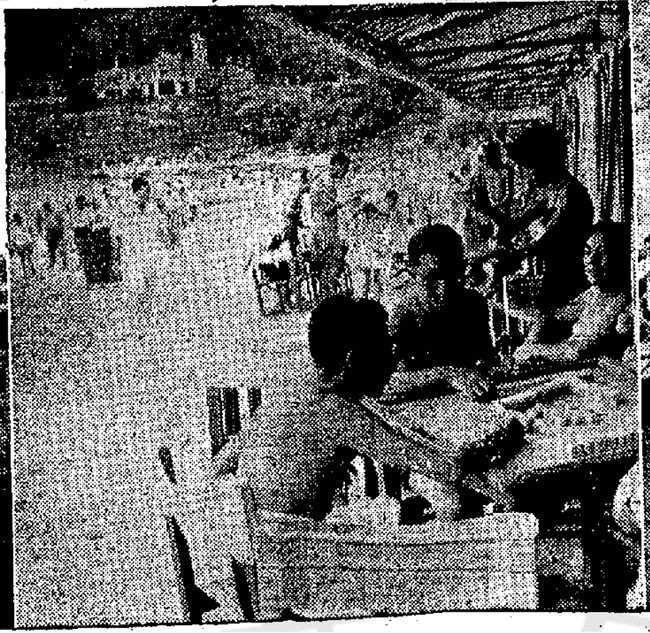
Heat Wave! Dealing with Extreme Heat in Fifties’ Hong Kong
By Fiona Williamson
The 1950s was globally a decade of extreme weather. The mid-50s saw extensive flooding, for example, inspired by a severe La Niña phase of the El Nino Southern Oscillation (ENSO) and a cool phase of the Pacific Decadal Oscillation (PDO). Both these events usually bring lower land temperatures as sea surface temperatures cool and rains become heavier.
July 1954, however, saw record high temperatures in Hong Kong and sweltering conditions that affected people’s health and daily living. In early July, the newspaper Tai Kung Pao, for example, reported that around 40-50% more patients were attending medical clinics or hospitals, of whom up to 80% were reporting flu-like symptoms during the heatwave.
So many people were ill that queues formed outside the medical facilities, with people complaining after being outside for up to a whole day in some cases. Young children were especially affected. One school had 300 sick-leave requests in a population of one thousand pupils, and clinics had to extend their opening hours to accommodate everyone1.
The heat was not considered to have caused the flu outbreak however, rather it was thought that the hot weather had caused ‘careless eating’, insufficient sleep, a consequent lack of rest, and subsequent overstressed bodies. This had created a situation whereby people were becoming ill because of low immunity.
For others, exposure to the hot sun was blamed. People were advised to manage by getting ample fresh air, especially in the coastal areas where they could escape the heat for a few hours. People were reported at the beaches, often late into the night, filling time by playing mahjong, but without gambling money on the game, a point considered somewhat unusual. Others who could afford it flocked to the cinemas, as these provided air-conditioning.

People at the beach killing time on the weekend. Some of them are playing mahjong without gambling. What an interesting phenomenon! [translation] Source: Wah Kiu Yat Po, 19 July 1954.
For poorer Hong Kong inhabitants, living in sub-divided housing, sleepless nights were the norm. The solution here was to move out to the pavements, where side-streets were filled with people during some of the most-sultry nights2.
The same happened again in August where more hot nights caused temperatures to reach 93.5°F, the highest record since 19473. In the most densely populated areas of Hong Kong Island and Kowloon, crowds of residents again slept on rooftops and pavements to try and find a cooler breeze4.

People who lived in cage houses (sub-divided flat or caged bed) could not sleep in extreme heat. Therefore, many people sleep in the street causing the side streets to be filled with people. [translation] Source: Wah Kiu Yat Po, 19 July 1954.

More people fell ill because of the hot weather. People waiting at the public hospital formed a long queue. The extreme heat only intensifies sickness. [translation] Source: Wah Kiu Yat Po, 19 July 1954.
